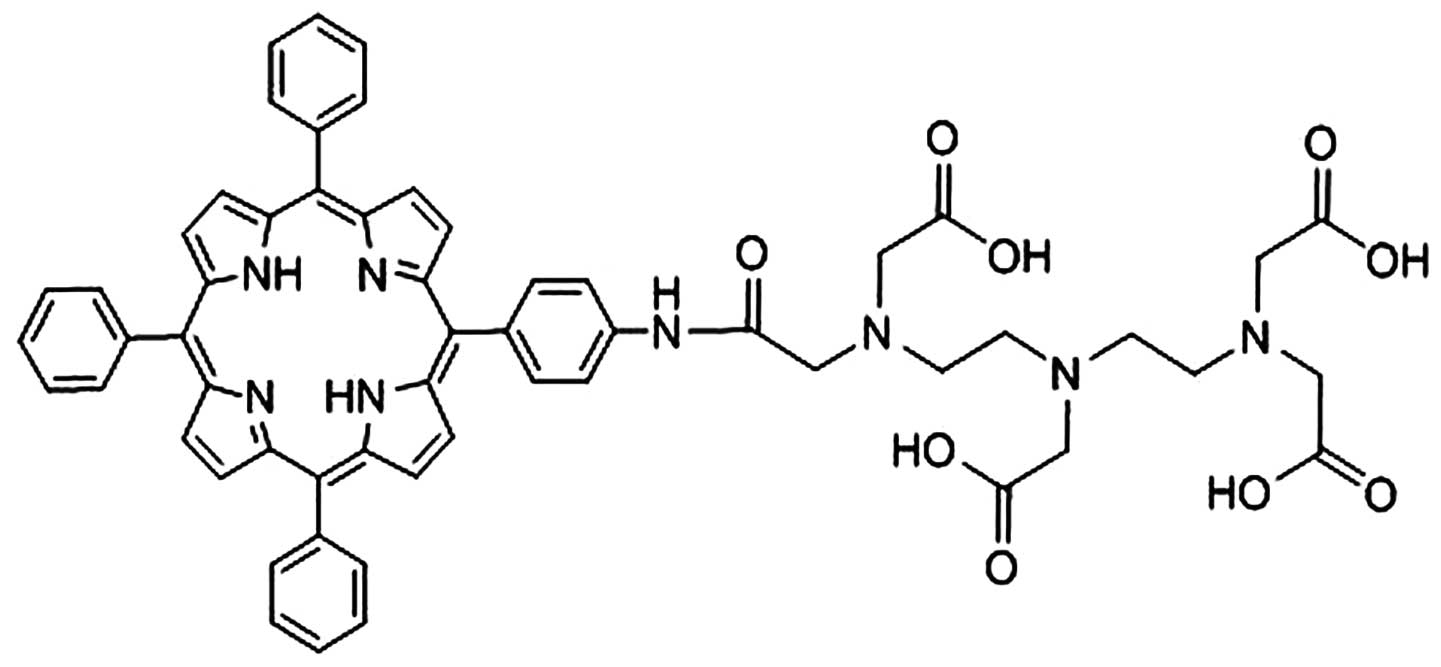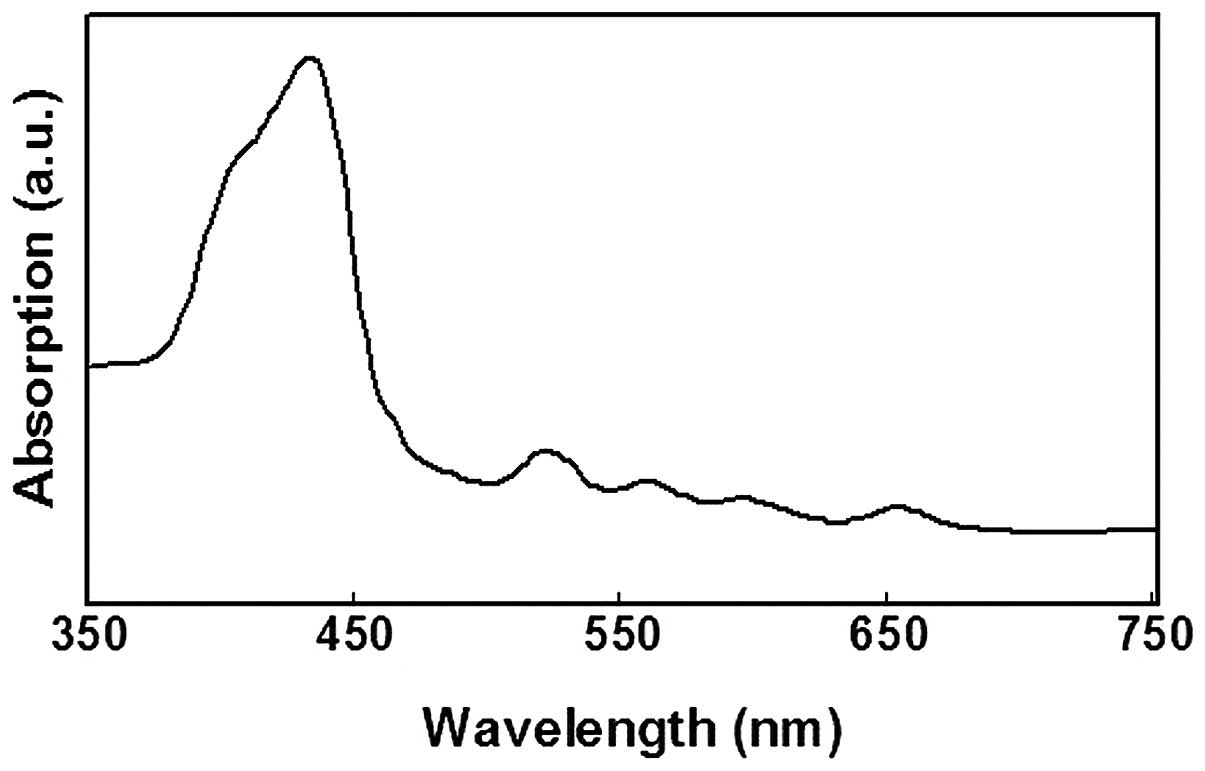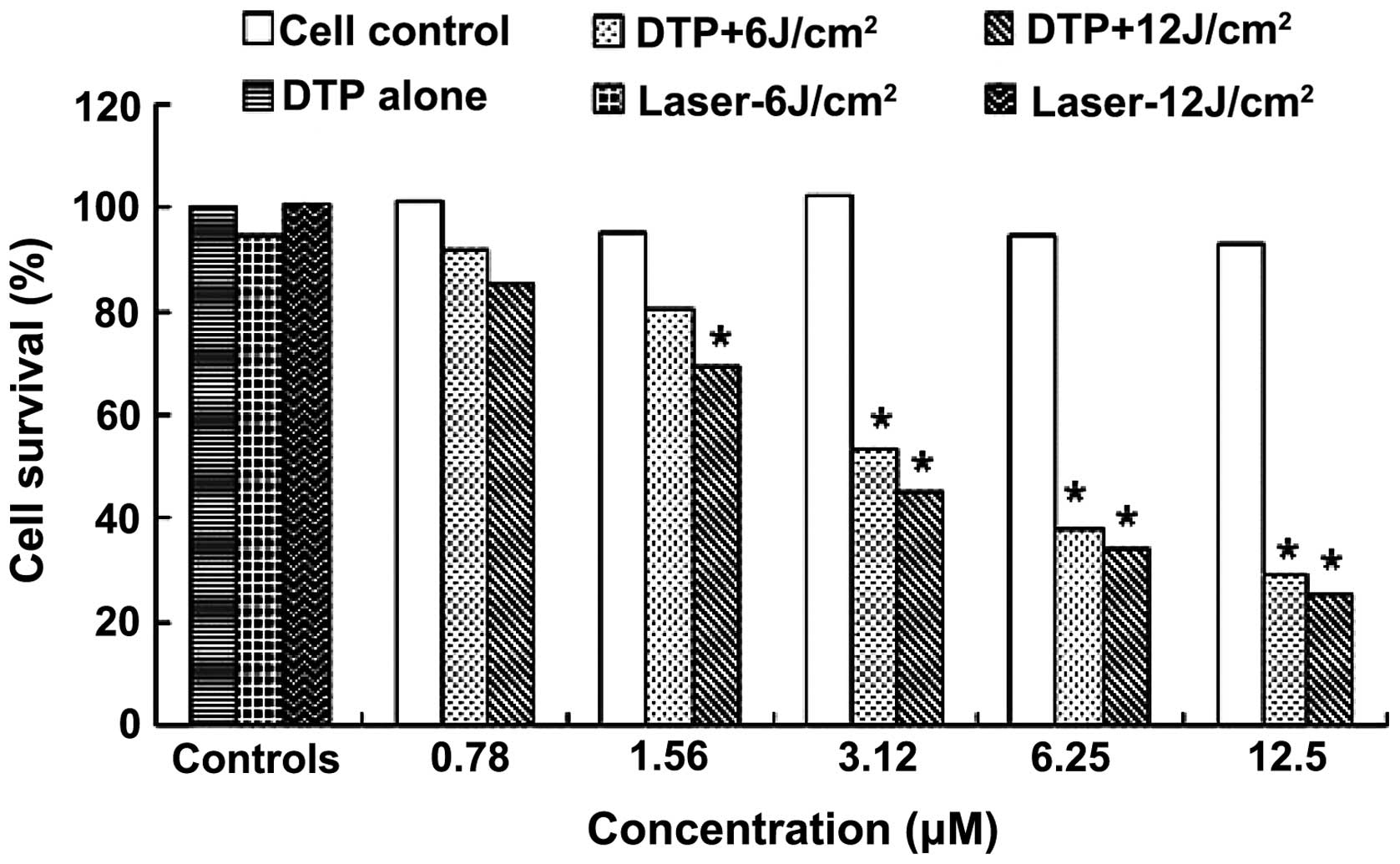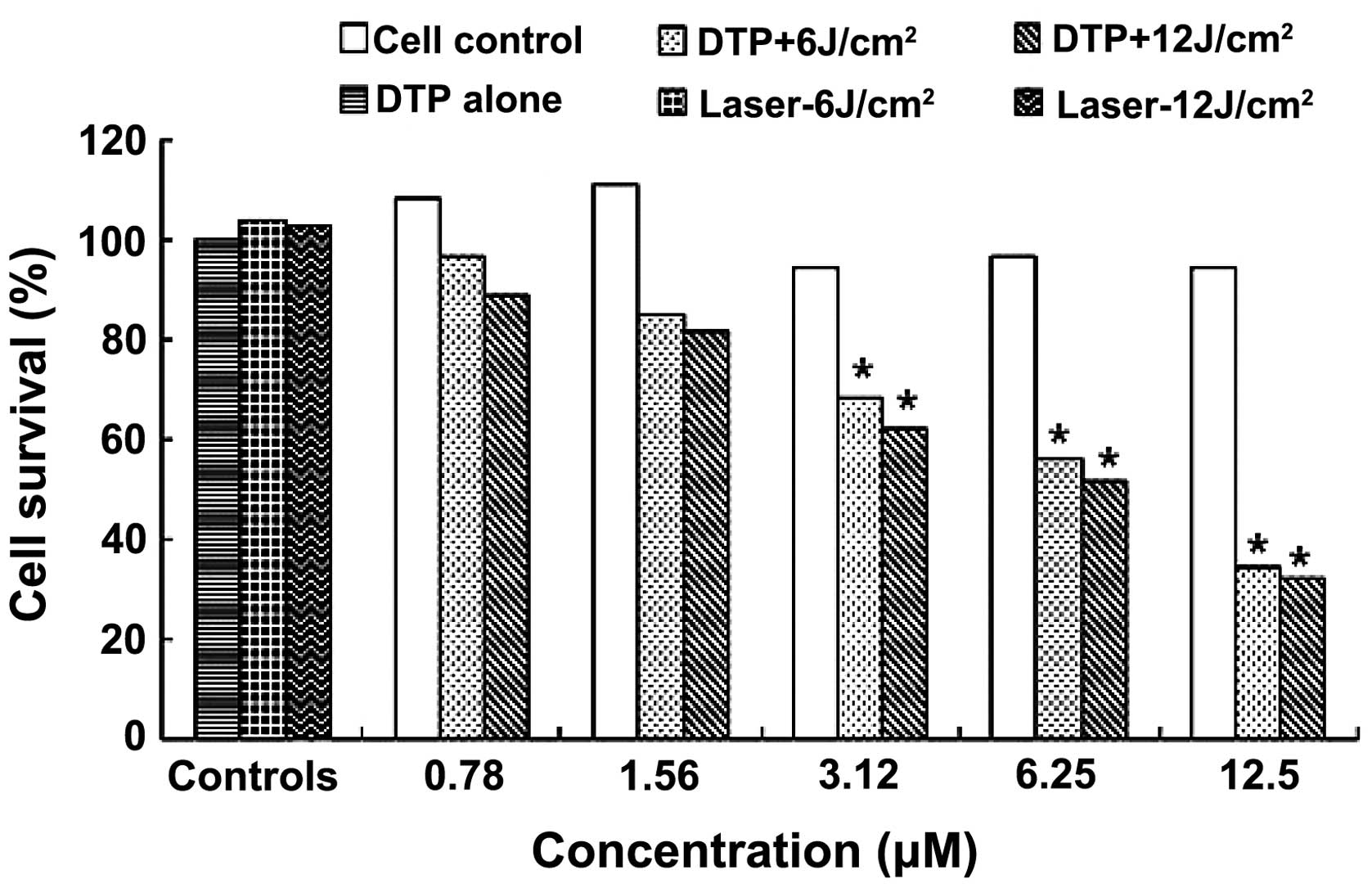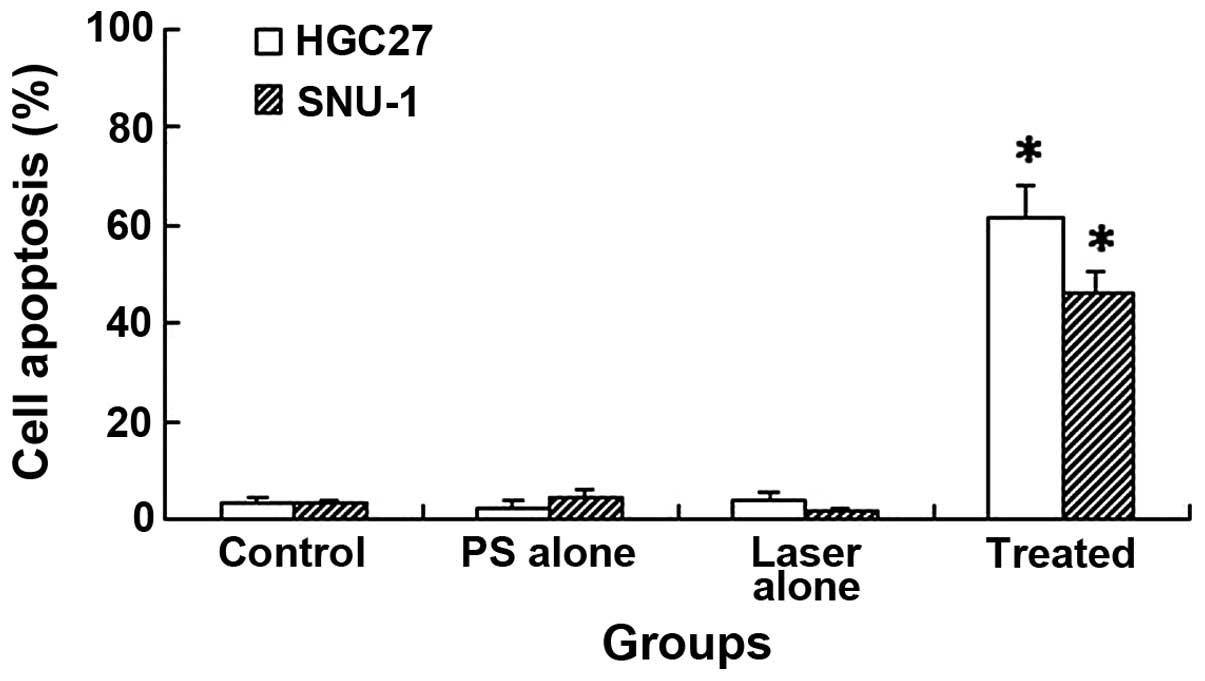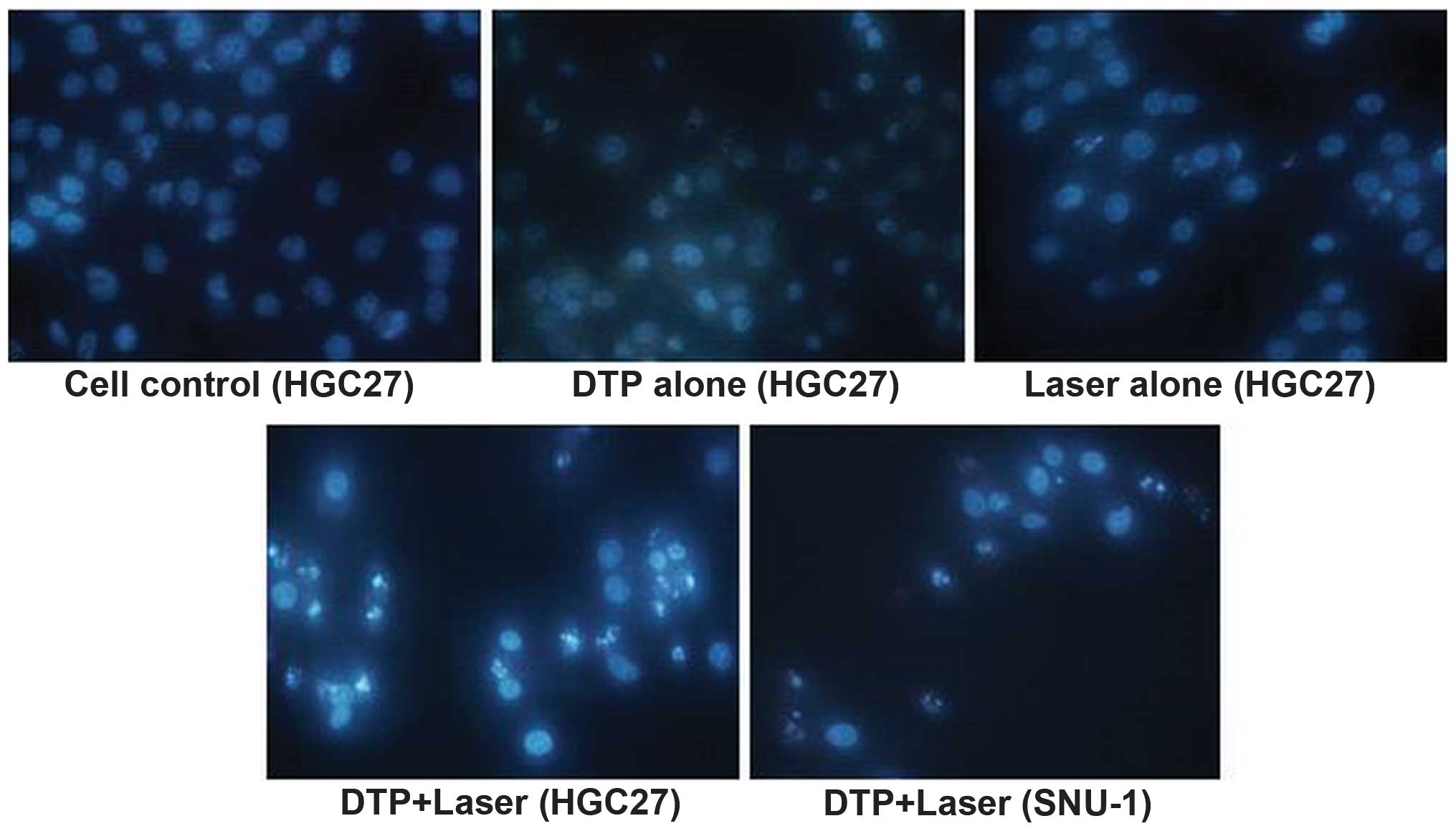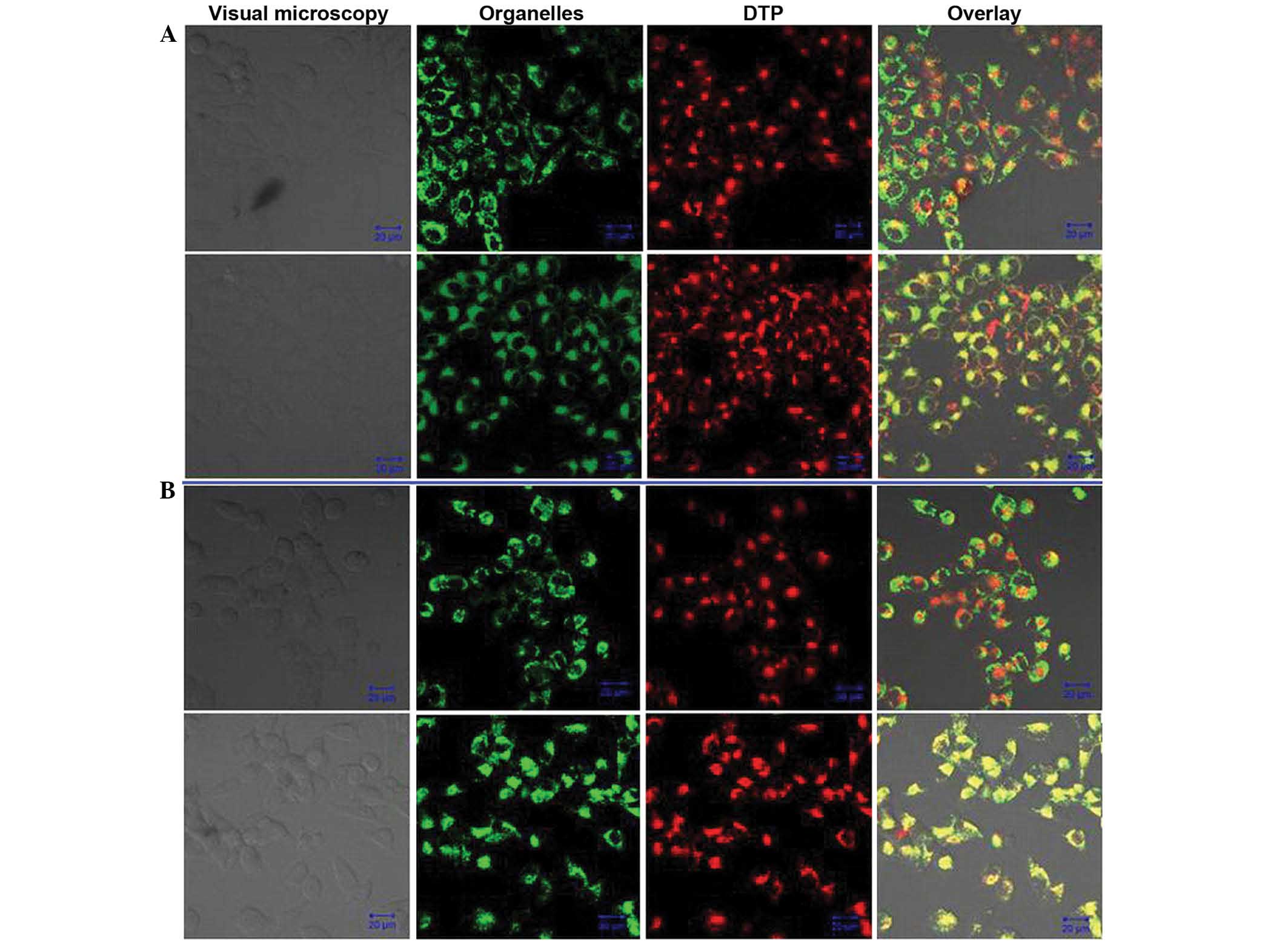|
1
|
Wong JE, Ito Y, Correa P, Peeters KC, van
de Velde CJ, Sasako M and Macdonald J: Therapeutic strategies in
gastric cancer. J Clin Oncol. 21(23 Suppl): 267s–269s. 2003.
View Article : Google Scholar : PubMed/NCBI
|
|
2
|
Ferlay J, Shin HR, Bray F, Forman D,
Mathers C and Parkin DM: Estimates of worldwide burden of cancer in
2008: GLOBOCAN 2008. Int J Cancer. 127:2893–2917. 2010. View Article : Google Scholar : PubMed/NCBI
|
|
3
|
Gu JR and Cao XT: Conceptual consideration
of cancer, challenges and opportunities for cancer biotherapy.
Zhong Guo Zhong Liu Sheng Wu Zhi Liao Za Zhi Bian Ji Bu. 15:2–7.
2008.(In Chinese).
|
|
4
|
Liu X, Ru J, Zhang J, Zhu LH, Liu M, Li X
and Tang H: miR-23a targets interferon regulatory factor 1 and
modulates cellular proliferation and paclitaxel-induced apoptosis
in gastric adenocarcinoma cells. PLoS One. 8:e647072013. View Article : Google Scholar : PubMed/NCBI
|
|
5
|
Li H, Liu Z, Xu C, Chen Y, Zhang J, Cui B,
Chen X, An G, She X, Liu H, et al: Overexpression of S100A4 is
closely associated with the progression and prognosis of gastric
cancer in young patients. Oncol Lett. 5:1485–1490. 2013.PubMed/NCBI
|
|
6
|
Zhang ZQ, Yao HL, Wen Y, Miao XY and Xiong
L: Advances in photodynamic therapy for gastric cancer. Ji Guang
Sheng Wu Xue Bao Bian Ji Bu. 21:289–293. 2012.(In Chinese).
|
|
7
|
Pan XR and Chen XX: Recent development on
adverse reactions induced by cancer chemotherapy treated with
traditional Chinese medicine. Yi Yao Yu Bao Jian Bian Ji Bu.
16:2358–2360. 2010.(In Chinese).
|
|
8
|
Ma XQ, He TQ, Zheng Tao, Xu BX, Xiao CR,
Zheng SX, Lin XR, Gao PY, Shen G, Bao YH, et al: Clinical study on
protective effect of diltiazem against radiation injuries on
cancer. Zhong Guo Yao Xue Za Zhi Bian Ji Bu. 39:231–232. 2004.(In
Chinese).
|
|
9
|
Vrouenraets MB, Visser GWM, Snow GB and
van Dongen GA: Basic principles, applications in oncology and
improved selectivity of photodynamic therapy. Anticancer Res.
23:505–522. 2003.PubMed/NCBI
|
|
10
|
Nowak-Stepniowska A, Pergoł P and
Padzik-Graczyk A: Photodynamic method of cancer diagnosis and
therapy - mechanisms and applications. Postepy Biochem. 59:53–63.
2013.(In Polish). PubMed/NCBI
|
|
11
|
Karanov SI: Long-term results after
photodynamic therapy (PDT) of T1N0M0 gastrointestinal (GI) tumors.
Hepatogastroenterology. 49:1579–1581. 2002.PubMed/NCBI
|
|
12
|
Ell C, Gossner L, May A, Schneider HT,
Hahn EG, Stolte M and Sroka R: Photodynamic ablation of early
cancers of the stomach by means of mTHPC and laser irradiation:
Preliminary clinical experience. Gut. 43:345–349. 1998. View Article : Google Scholar : PubMed/NCBI
|
|
13
|
Grimm S, Mvondo D, Grune T and Breusing N:
The outcome of 5-ALA-mediated photodynamic treatment in melanoma
cells is influenced by vitamin C and heme oxygenase-1. Biofactors.
37:17–24. 2011. View
Article : Google Scholar : PubMed/NCBI
|
|
14
|
Sibata CH, Colussi VC, Oleinick NL and
Kinsella TJ: Photodynamic therapy in oncology. Expert Opin
Pharmacother. 2:917–927. 2001. View Article : Google Scholar : PubMed/NCBI
|
|
15
|
Selbo PK, Høgset A, Prasmickaite L and
Berg K: Photochemical internalisation: A novel drug delivery
system. Tumour Biol. 23:103–112. 2002. View Article : Google Scholar : PubMed/NCBI
|
|
16
|
Rockson SG, Lorenz DP, Cheong WF and
Woodburn KW: Photoangioplasty. An emerging clinical cardiovascular
role for photodynamic therapy. Circulation. 102:591–596. 2000.
View Article : Google Scholar : PubMed/NCBI
|
|
17
|
Liu TJ, Wang YM, Wu L and Lv F:
[Diethylenetriaminepentaacetaacetato-N,N',N”]gadolinium-modified
porphyrins, and preparation method and application thereof. 0086.
CN 101805362 Filed. March 30–2010.issued August 18, 2010.
|
|
18
|
Adler AD, Longo FR, Finarelli JD,
Goldmacher J, Assour J and Korsakoff L: A simplified synthesis for
meso-tetraphenylporphine. J Org Chem. 32:467–477. 1967. View Article : Google Scholar
|
|
19
|
Yan YJ, Zheng MZ, Chen ZL, Yu XH, Yang XX,
Ding ZL and Xu L: Studies on preparation and photodynamic mechanism
of chlorin P6-13,15-N-(cyclohexyl)cycloimide (Chlorin-H) and its
antitumor effect for photodynamic therapy in vitro and in vivo.
Bioorg Med Chem. 18:6282–6291. 2010. View Article : Google Scholar : PubMed/NCBI
|
|
20
|
Juarranz A, Jaén P, Sanz-Rodríguez F,
Cuevas J and González S: Photodynamic therapy of cancer. Basic
principles and applications. Clin Transl Oncol. 10:148–154. 2008.
View Article : Google Scholar : PubMed/NCBI
|
|
21
|
Raab O: The effect of fluorescent
substances on infusoria. Z Biol. 39:524–526. 1900.
|
|
22
|
Lipson RL, Baldes EJ and Olsen AM:
Hematoporphyrin derivative: A new aid for endoscopic detection of
malignant disease. J Thorac Cardiovasc Surg. 42:623–629.
1961.PubMed/NCBI
|
|
23
|
Kato H, Konaka C, Saito M, Nishimiya K,
Kawate N, Aizawa K and Hayata Y: Laser photodynamic therapy with
hematoporphyrin derivative in lung cancer. Nihon Geka Gakkai
Zasshi. 86:1059–1063. 1985.(In Japanese). PubMed/NCBI
|
|
24
|
Nakamura H, Yanai H, Nishikawa J, Okamoto
T, Hirano A, Higaki M, Omori K, Yoshida T and Okita K: Experience
with photodynamic therapy (endoscopic laser therapy) for the
treatment of early gastric cancer. Hepatogastroenterology.
48:1599–1603. 2001.PubMed/NCBI
|
|
25
|
De Rosa FS and Bentley MVLB: Photodynamic
therapy of skin cancers: Sensitizers, clinical studies and future
directives. Pharm Res. 17:1447–1455. 2000. View Article : Google Scholar : PubMed/NCBI
|
|
26
|
Waidelich R: Laser-induced lithotripsy and
photodynamic therapy in urology - A short introduction to current
laser applications. Med Laser Appl. 25:14–19. 2010. View Article : Google Scholar
|
|
27
|
Pazos M and Nader HB: Effect of
photodynamic therapy on the extracellular matrix and associated
components. Braz J Med Biol Res. 40:1025–1035. 2007. View Article : Google Scholar : PubMed/NCBI
|
|
28
|
Ali SM and Olivo M: Bio-distribution and
subcellular localization of Hypericin and its role in PDT induced
apoptosis in cancer cells. Int J Oncol. 21:531–540. 2002.PubMed/NCBI
|
|
29
|
Garg AD, Nowis D, Golab J and Agostinis P:
Photodynamic therapy: Illuminating the road from cell death towards
anti-tumour immunity. Apoptosis. 15:1050–1071. 2010. View Article : Google Scholar : PubMed/NCBI
|
|
30
|
Liu L, Zhang Z and Xing D: Cell death via
mitochondrial apoptotic pathway due to activation of Bax by
lysosomal photodamage. Free Radic Biol Med. 51:53–68. 2011.
View Article : Google Scholar : PubMed/NCBI
|
|
31
|
Chiu SM, Xue LY, Lam M, Rodriguez ME,
Zhang P, Kenney ME, Nieminen AL and Oleinick NL: A requirement for
bid for induction of apoptosis by photodynamic therapy with a
lysosome- but not a mitochondrion-targeted photosensitizer.
Photochem Photobiol. 86:1161–1173. 2010. View Article : Google Scholar : PubMed/NCBI
|
|
32
|
Nagata S, Obana A, Gohto Y and Nakajima S:
Necrotic and apoptotic cell death of human malignant melanoma cells
following photodynamic therapy using an amphiphilic
photosensitizer, ATX-S10(Na). Lasers Surg Med. 33:64–70. 2003.
View Article : Google Scholar : PubMed/NCBI
|



